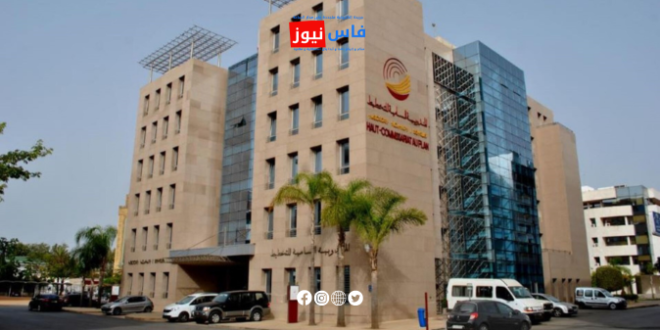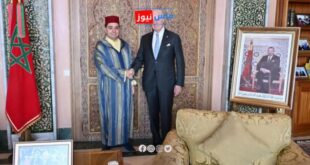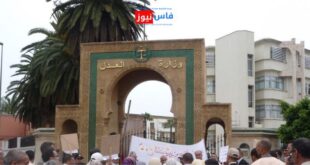The High Commission for Planning (HCP) has announced a comprehensive report on the legal population of the Kingdom of Morocco. This report includes an initial analysis of population and household developments, as well as detailed results at the level of various territorial communities.
Declining Population Growth
According to the results of the 2024 General Population and Housing Census, the legal population of the Kingdom reached 36,828,330 inhabitants as of September 1, 2024, including 36,680,178 Moroccans and 148,152 foreigners. Compared to the 2014 census, the population recorded an absolute increase of 2,980,088 inhabitants, with an average annual growth rate of 0.85% during this period, down from 1.25% between 2004 and 2014. The number of foreigners residing in the Kingdom increased by 61,946 between 2014 and 2024, representing an annual growth rate of 5.6%.
In urban areas, the population reached 23,110,108 inhabitants, with an increase of 2,677,669 between 2014 and 2024, resulting in an average annual growth rate of 1.24%. In rural areas, the population amounted to 13,718,222 inhabitants, reflecting an increase of 302,419 compared to the 2014 census and an average annual growth rate of 0.22%.
Since 1960, Morocco’s population has more than tripled to over 25 million inhabitants in 2024, although the observed demographic growth during this period has been continuously declining.
Population Distribution by Regions
The data indicates that five regions host over 70% of the national population. The region of Casablanca-Settat tops the list with a population of 7,689,000, followed by the region of Rabat-Salé-Kenitra with 5,133,000, and then the region of Marrakech-Safi with 4,892,000 inhabitants.
Ongoing Urbanization with Marked Regional Disparities
The urbanization rate reached 62.8% in 2024 compared to 60.4% in 2014. The highest rates are recorded in the regions of Laayoune-Sakia El Hamra (92.4%) and Dakhla-Oued Ed-Dahab (80.4%).
Increase in Number of Households
Regarding the number of households in Morocco, it stands at approximately 9,275,038, with an increase of about 1,961,232 households since 2014 and an average annual growth rate of 2.4%.
Conclusion
The High Commission for Planning records notable developments in Morocco’s demographic structure while highlighting challenges related to population growth and increasing urbanization. These statistics reflect the need for effective strategies for urban planning and resource allocation to ensure sustainable development across the Kingdom.
 فاس نيوز ميديا جريدة الكترونية جهوية تعنى بشؤون و أخبار جهة فاس مكناس – متجددة على مدار الساعة
فاس نيوز ميديا جريدة الكترونية جهوية تعنى بشؤون و أخبار جهة فاس مكناس – متجددة على مدار الساعة















